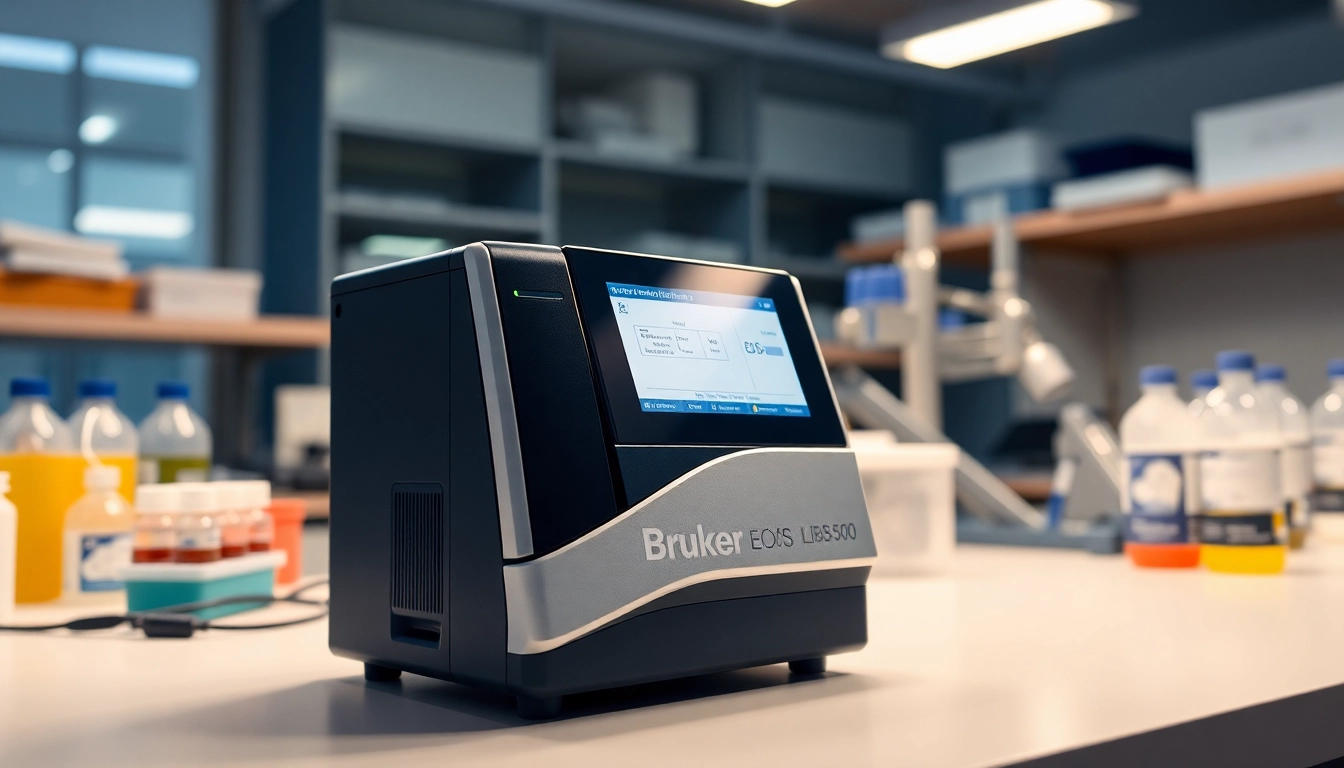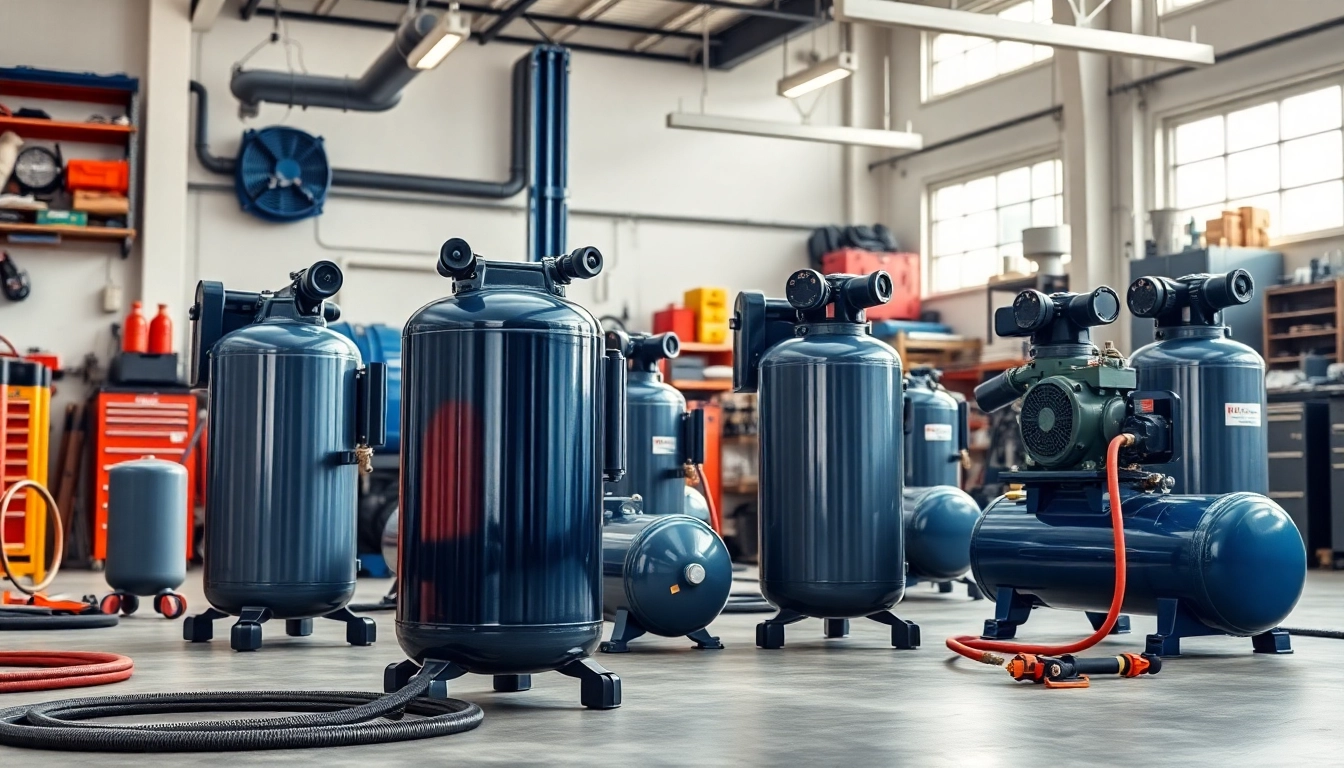Introduction to the Bruker EOS 500 Handheld LIBS Analyzer
What is the Bruker EOS 500 Handheld LIBS Analyzer?
The Bruker EOS 500 Handheld LIBS Analyzer is an advanced analytical tool specifically designed for on-site material analysis using Laser-Induced Breakdown Spectroscopy (LIBS). This handheld devices enable users to quickly and efficiently analyze solid samples in various environments, making it an invaluable asset for industries ranging from mining to environmental monitoring. With the growing demand for immediate and accurate data in material identification and elemental composition, the EOS 500 stands out with its portability and precision.
Key Features and Specifications
The Bruker EOS 500 is built with several key features that enhance its usability and effectiveness in field conditions:
- Portability: Weighing less than five kilograms, the device is designed for easy handling and transportation.
- User-friendly Interface: A touchscreen interface allows for intuitive operation and quick access to analytical functions.
- Real-time Analysis: The EOS 500 provides instant results, allowing users to make immediate decisions based on the data captured.
- Wide Elemental Range: Capable of detecting elements from Lithium (Li) to Uranium (U), it is versatile enough for various applications.
- Durability: Built to withstand harsh conditions, the analyzer is both dust and water-resistant, making it suitable for fieldwork.
- Battery Life: Long-lasting battery performance ensures extended operational time, ideal for field surveys.
Applications in Various Industries
The versatility of the Bruker EOS 500 Handheld LIBS Analyzer enables its use across several sectors:
- Mining and Metallurgy: Used to analyze ore samples for elemental content, assisting in resource management and extraction efficiency.
- Environmental Monitoring: Facilitates the detection of heavy metals and other contaminants in soil and water, aiding regulatory compliance.
- Archaeology: Helps in analyzing metals and alloys in artifacts, providing insight into historical metalworking techniques.
- Manufacturing: Assesses material quality and composition to ensure production standards are met.
- Academic Research: Supports various scientific studies requiring precise elemental analysis in a portable format.
Benefits of Using the Bruker EOS 500 Handheld LIBS Analyzer
Enhanced Portability for Field Analysis
One of the standout benefits of the Bruker EOS 500 is its portability, allowing for in-situ analysis. Gone are the days when samples had to be sent to laboratories, and analysts had to wait for days for results. This instrument allows scientists and field engineers to analyze material on-site, greatly improving the efficiency of data collection and analysis.
Cost-Effectiveness Compared to Traditional Methods
The Bruker EOS 500 not only saves time but also reduces costs associated with traditional laboratory analysis. By allowing for immediate results, field operators can minimize downtime and avoid the costs of transporting samples to external labs. Furthermore, this device mitigates the reliance on consumables typical in other spectroscopic methods, leading to substantial long-term savings.
Real-Time Analysis Capabilities
Real-time analysis is crucial in industries where rapid decision-making can significantly impact outcomes. The immediate feedback provided by the Bruker EOS 500 can facilitate quicker adjustments during processes, such as varying mineral extraction methods based on elemental composition. This capability maximizes productivity by ensuring processes are continuously optimized based on real-time data.
Understanding the Technology Behind LIBS
Basic Principles of Laser-Induced Breakdown Spectroscopy
Laser-Induced Breakdown Spectroscopy (LIBS) is a powerful analytical technique that uses a laser to ablate a small amount of material from a sample, creating a plasma. As the plasma cools, it emits light, which can be collected and analyzed to determine the elemental composition of the material. This technique is advantageous for its speed, precision, and ability to analyze various materials without much preparation.
Differences Between LIBS and Other Spectroscopy Methods
Compared to techniques like X-ray fluorescence (XRF) or atomic absorption spectroscopy (AAS), LIBS offers unique advantages. For example:
- No Need for Sample Preparation: LIBS can analyze samples in any state—solid, liquid, or gas—without needing preprocessing.
- Multielement Analysis: LIBS can simultaneously detect multiple elements, providing rapid results.
- Minimal Calibration Required: Unlike many other techniques, LIBS often requires less calibration against known standards, which can simplify the operational procedure.
Future Innovations in LIBS Technology
As technology evolves, so does the potential for further advancements in LIBS. Integrating artificial intelligence (AI) and machine learning could enhance data analysis, allowing for predictive analytics and improved interpretation of results. Additionally, improvements in laser technology may increase the sensitivity and accuracy of handheld LIBS analyzers, broadening their application scope significantly.
Challenges and Solutions with Handheld Analyzers
Common Issues Faced by Users
While the Bruker EOS 500 is a robust tool, users may encounter specific challenges, including:
- Environmental Interference: Rain, dust, or bright light can affect results, necessitating careful handling during analysis.
- Operator Variability: Different users may obtain varied results due to experience levels and operating methods.
- Calibration Requirements: Although LIBS typically requires less calibration, operating in varied environments can necessitate periodic recalibration.
Best Practices for Accurate Analysis
To overcome these challenges and enhance accuracy, users should adopt best practices:
- Consistent Sampling Conditions: Whenever possible, conduct analyses in stable conditions to minimize environmental impact.
- Training and Certification: Proper training for operators can help ensure consistent results and effective use of the device.
- Routine Maintenance: Regularly check and maintain the analyzer to ensure optimal performance and longevity of the equipment.
Technical Support and Resources for Users
Bruker provides comprehensive technical support and resources for users experiencing issues or requiring additional guidance. Documentation, video tutorials, and customer support services are readily available, ensuring that users can resolve any difficulties and maximize the equipment’s potential.
Conclusion: Making an Informed Decision on the Bruker EOS 500
Evaluating Your Analysis Needs
Choosing the right analytical tool is essential. Organizations must evaluate their specific analysis needs, considering factors such as the types of materials typically analyzed, the frequency of fieldwork, and budget constraints. Understanding how the Bruker EOS 500 aligns with these needs is vital for generating value from the investment.
Long-Term Investment Considerations
Investing in the Bruker EOS 500 Handheld LIBS Analyzer is not merely about upfront costs; it’s about understanding the long-term benefits it can provide. The efficiency, speed, and reduced operational costs contribute to an excellent return on investment, which can have far-reaching impacts across various applications and industry sectors.
Final Thoughts on LIBS Technology Adoption
As industries increasingly emphasize real-time data analytics, the adoption of technologies like LIBS will likely grow. The Bruker EOS 500 offers a credible solution for organizations looking to enhance their analytical capabilities efficiently. Adopting such innovative technologies ensures that businesses remain competitive in an increasingly data-driven landscape.



